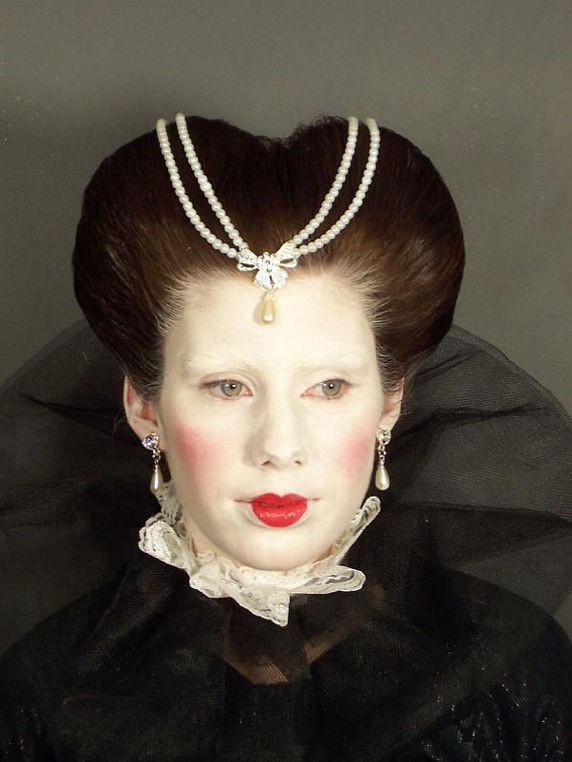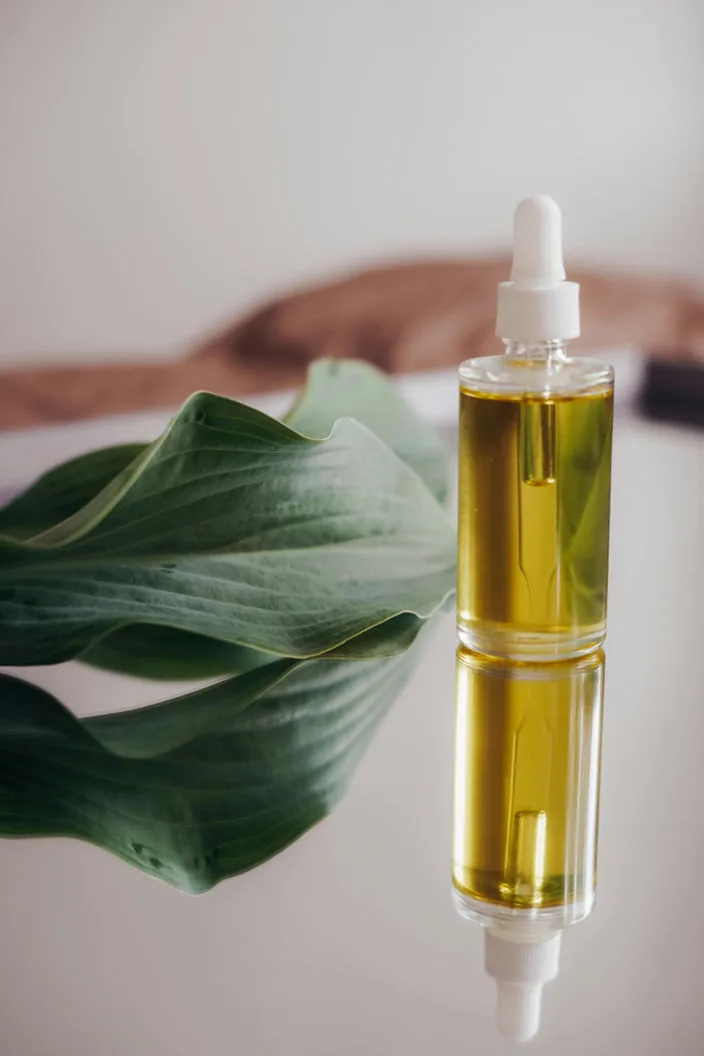Makeup has been a timeless tool for self-expression and enhancement, going beyond cultures and centuries. In this post, we explore the fascinating history of makeup, exploring its origins, pivotal moments, and enduring significance.
From the ancient rituals that adorned skin with glamour to the ever-evolving trends shaping our modern beauty routines, we’re diving deep into the world of cosmetics.
Imagine yourself transported back in time. You’re amidst the bustling streets of ancient civilizations, where makeup wasn’t just a cosmetic but a mystical art form.
Millennia ago, from the sun-kissed lands of Egypt to the majestic courts of Mesopotamia, makeup held a sacred place in rituals and ceremonies, adorning skin with glamour and significance.
Fast forward to the present day. Makeup has now transcended its ancient roots to become a global phenomenon, used by every and anyone.
Origin of Makeup
History of makeup dates back to 6000 BCE. Makeup finds its roots with the Egyptians, who pioneered its use. They viewed makeup as sacred, believing it to be a form of worship and a means to connect with the divine. Across all social classes, people adorned themselves with makeup, considering it an essential aspect of daily life.
Moreover, makeup served as a symbol of wealth and status. Affluent people showcasing their prosperity through ornate applicators and bejeweled storage containers. While makeup itself was readily available, the quality of accessories signified one’s social standing. Peasants often relied on clay pots and sticks for storage and application.
Among the plethora of makeup options, kohl emerged as a standout favorite among the Egyptians. Derived from galena, kohl accentuated the eyes, serving both a cosmetic and protective function.
Paired with vibrant blue or green eye shadow, known as Grepond eye paint, kohl contributed to striking and expressive eye makeup.
Red lipstick, formulated by mixing fat and red ochre, added a touch of allure to the lips, enhancing the overall aesthetic. Additionally, the Egyptians extended their beauty rituals beyond the face. They used henna to adorn their fingertips and toes, further enhancing their appearance.
Beyond mere aesthetics, makeup held a profound significance for the Egyptians, symbolizing personal power and protection.
They believed that adorning their eyes with makeup offered protection from the malevolent forces of the “Evil Eye,” while kohl served as a shield against various ailments and the harsh rays of the sun.
In essence, makeup wasn’t just a cosmetic enhancement for the Egyptians; it was a symbol of spiritual connection, social status, and personal empowerment.
Ancient Greeks and Romans revolutionized cosmetics.
Greek women prized pale skin, using chalk or lead-based powders, alongside kohl for eyes and rouge from mulberries. Romans, with detailed beauty rituals, utilized skin creams of beeswax, olive oil, and rosewater.
Their lipstick, purpura, extracted from shellfish, was a symbol of opulence. Societal views on makeup varied, with some seeing it as a status marker, while others viewed it with skepticism.
Makeup in the Middle Ages and Renaissance
During the Middle Ages, makeup faced dark times under the shadow of a strict church-dominated society. It was deemed spiritually immoral, with noticeable application seen as a direct defiance of church authority.
Yet, women navigated this dilemma, seeking to attract suitors while adhering to societal expectations. Necessity spurred creativity, leading to the invention of innovative beauty tactics. For instance, medieval lipstick was crafted from roots, berries, and fats, with light rose shades favored to maintain an angelic appearance.
This period in the history of makeup was marked by contradictions and constraints, as women strived to balance societal norms with personal desires.
Transitioning to the Renaissance, pale skin once again took center stage. Women employed powders made from white lead to lighten their complexion, coupled with a touch of mercury for rosy cheeks.
While natural lip hues remained popular, the Renaissance heralded the rise of deep red lip colors, achieved using vermillion.
Despite the church’s influence, cosmetics experienced a resurgence in interest during this era, with Queen Elizabeth I of England famously endorsing ceruse, a white lead and vinegar foundation.
This period witnessed a delicate dance between societal expectations and individual expression, as women embraced newfound freedoms amidst lingering religious constraints.
Throughout both the Middle Ages and Renaissance, makeup evolved amidst societal shifts and religious influences.
From the church’s disapproval to the allure of pale skin and the emergence of new beauty standards, the history of makeup during these periods reflects a complex interplay of tradition, innovation, and societal norms.
The Rise of Modern Makeup
The dawn of the modern era witnessed a resurgence of makeup, driven by technological advancements and changing societal attitudes.
Industrial Revolution brought about mass-produced cosmetics, making them more accessible to the general populace.
In parallel, the emergence of cinema and photography propelled makeup into the spotlight, as actresses sought to enhance their features for the silver screen.
Figures like Max Factor and Elizabeth Arden revolutionized the industry, introducing innovative products and techniques that catered to evolving beauty standards.
Makeup in the 20th Century
Makeup in the 1920s
The Roaring Twenties ushered in a new era of liberation and expression, reflected in the iconic makeup trends of the time.
Flappers, emblematic of the modern woman, embraced bold, dramatic looks with dark, smoky eyes, vibrant red lips, and defined cupid’s bow eyebrows.
The vibrant energy of the Jazz Age was captured through makeup, symbolizing defiance against traditional norms and embracing individuality.
Makeup in the 1950s
Following the austerity of World War II, the 1950s witnessed a return to glamour and sophistication. Hollywood’s Golden Age set the stage for polished, feminine beauty, characterized by flawless skin, winged eyeliner, and classic red lipstick.
Age set the standard for beauty, with icons like Marilyn Monroe and Audrey Hepburn influencing makeup styles of the time. The 1950s witnessed a return to glamour, with makeup serving as a symbol of femininity and grace.
Makeup in the 1960s
During the 1960s, the mod makeup trend revolutionized beauty, featuring doll-eyed looks paired with bouffant hairstyles and babydoll dresses.
This iconic era embraced graphic eye makeup techniques, utilizing black eyeliner and eyeshadows to define sockets and create bold, graphic lines.
Copious mascara application, particularly on the bottom lashes, enhanced lash volume for a well-defined appearance. Eyeshadow and blush hues remained light, with creams and pale blues chosen to impart a wide-eyed effect.
Pastel pinks were favored for blush, while lipstick shades leaned towards natural, nude tones, ensuring the focus remained on the eyes amidst the swinging sixties mod makeup revolution.
Makeup in the 1970s
In the 1970s, makeup embraced boldness with electric pops of color, shimmering cheeks, and dazzling eyes. Disco nights called for earthy gold tones, sparkling copper shadows, and sultry black eyeliner.
Playful bursts of lush greens or powdery blues added extra flair, while long, voluminous lashes were adorned with layers of mascara for maximum drama.
Bronzed skin was complemented by glossy lips. Warm-toned nude lipsticks, paired with shimmering glosses, created a luscious pout that captivated under the disco ball’s enchanting glow.
1970s makeup epitomized glamour and exuberance, capturing the essence of a decade defined by its vibrant fashion and lively nightlife.
Makeup in the 1980s
Boldness and vibrancy characterized the makeup scene of the 1980s. It encouraged individuals to experiment with vivid colors and daring styles.
Neon eyeshadows, vibrant eyeliners, and colored mascaras were popular choices, creating electrifying eye makeup looks. Lips were adorned with bold lipstick shades like fuchsia, plum, and bubblegum pink, adding a pop of color to the face.
Blush played a prominent role, with hot pinks and reds dominating cheeks in a look that was anything but subtle. Powder blushes swept from the apples of the cheeks to the temples, creating a bold and dynamic appearance. 1980s makeup was all about making a statement with dramatic colors and bold techniques.
Makeup in the 1990s
In the 1990s, makeup trends took a more subdued turn, reflecting a shift towards minimalist and natural looks. Transitioning from the boldness of the previous decade, the 90s embraced a more understated aesthetic, characterized by neutral tones and soft, matte finishes.
The iconic “grunge” style emerged, influenced by music and subculture, featuring smudged eyeliner, nude lips, and a casual vibe. Brown lipstick and lip liner became signature elements of 90s makeup, popularized by supermodels and celebrities alike.
Overall, the 1990s marked a departure from the excess of the 80s, embracing simplicity and authenticity in makeup styles.
Makeup in the 21st Century
In the digital age, makeup trends evolve at lightning speed, fueled by social media and beauty influencers. From Instagram tutorials to TikTok challenges and also trends, makeup enthusiasts are constantly pushing the boundaries of creativity and self-expression.
Current trends embrace diversity and inclusivity, celebrating beauty in all its forms. Whether it’s a fresh-faced glow or a daring avant-garde look, makeup remains a powerful tool for self-confidence and empowerment.
Why We Started Wearing Makeup
Throughout history, the reasons for wearing makeup have varied widely. In ancient civilizations, makeup was often used for religious ceremonies, rituals, and as a form of protection against the elements.
In the Middle Ages and Renaissance, makeup was associated with status and wealth, with nobility using cosmetics to distinguish themselves from the common folk. Today, makeup serves as a form of self-expression, allowing individuals to showcase their creativity and personality.
As we reflect on the rich history of makeup, one thing becomes clear: makeup is more than just a cosmetic product. It’s a reflection of our society, culture, and individuality.
From ancient rituals to modern trends, makeup has truly evolved. At the very least, we don’t use lead and other deadly subsatnces on our faces anymore.

















